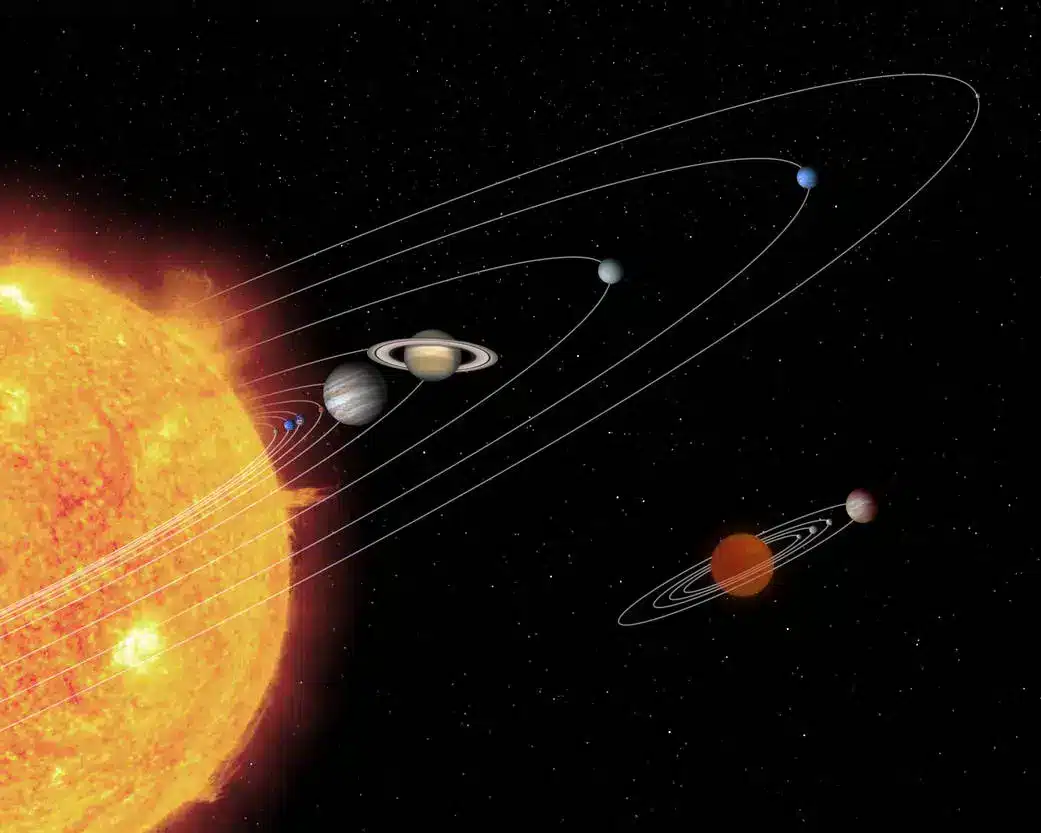NASA’s Curiosity Rover Captures Martian Clouds

NASA’s Curiosity rover has made an exciting discovery on Mars. It captured images of rare iridescent clouds drifting across the Martian sky. These clouds were seen during twilight, at high altitudes where sunlight still reaches them, even as night falls on the surface. The images were taken on January 17, using one of the rover’s onboard cameras. Scientists stitched together individual frames to create a time-lapse video. This discovery offers valuable insights into Mars’ atmospheric processes and climate conditions.
Details of the Findings
A report from NASA’s Jet Propulsion Laboratory (JPL) provided detailed information about these high-altitude clouds. These clouds, composed of carbon dioxide ice, were observed floating between 60 and 80 kilometers above the Martian surface. At these heights, the temperatures are extremely cold. This cold air causes carbon dioxide to condense, forming unique cloud structures. Some ice crystals were seen descending before they evaporated at around 50 kilometers, where temperatures begin to rise.
This is not the first time such clouds have been recorded on Mars. According to space.com, this marks the fourth Martian year in which Curiosity has documented these formations. The phenomenon was first observed by NASA’s Pathfinder mission in 1997. Pathfinder captured images from a location just north of the Martian equator. The ongoing observations by Curiosity help scientists understand the seasonal patterns of these clouds and their implications for the Martian atmosphere.
Expert Analysis on Martian Clouds
Mark Lemmon, an Atmospheric Scientist at the Space Science Institute in Colorado, shared insights with NASA’s JPL. He noted that the first sighting of these iridescent clouds was initially thought to be a color anomaly. However, their seasonal recurrence has allowed researchers to predict their appearance. This predictability enables scientists to plan observations in advance, enhancing their understanding of Martian weather.
Last year, scientists created the most comprehensive cloud map of Mars. This map was compiled from two decades of data gathered by the European Space Agency’s Mars Express orbiter. The study classified various cloud formations, including patterns not observed on Earth. Daniela Tirsch, a Planetary Geologist at the German Aerospace Center, remarked on the significant diversity of Martian clouds. This diversity raises questions about the atmospheric conditions that lead to such unique formations.
Unanswered Questions About Cloud Formation
Despite these findings, many questions remain about Martian clouds. Observations have been limited to specific regions, and no twilight clouds have been detected by the Perseverance rover, which landed in Jezero Crater in 2021. This absence has led scientists to wonder what factors make certain areas more conducive to cloud formation.
Lemmon explained that carbon dioxide was not expected to condense into ice at these high altitudes. This suggests that an unknown cooling mechanism may be at play. He pointed to atmospheric gravity waves as a possible factor, but their role in Martian weather patterns is still uncertain. As scientists continue to study these cloud formations, they hope to uncover more about their implications for Mars’ climate and atmospheric dynamics.
Observer Voice is the one stop site for National, International news, Sports, Editor’s Choice, Art/culture contents, Quotes and much more. We also cover historical contents. Historical contents includes World History, Indian History, and what happened today. The website also covers Entertainment across the India and World.

